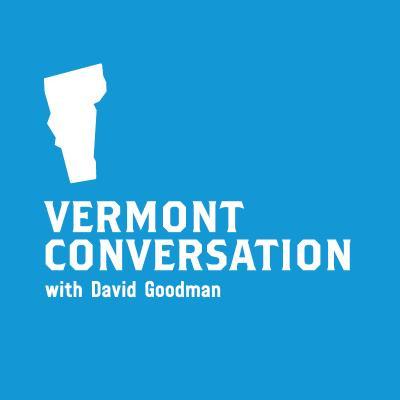- After-Shows
- Alternative
- Animals
- Animation
- Arts
- Astronomy
- Automotive
- Aviation
- Baseball
- Basketball
- Beauty
- Books
- Buddhism
- Business
- Careers
- Chemistry
- Christianity
- Climate
- Comedy
- Commentary
- Courses
- Crafts
- Cricket
- Cryptocurrency
- Culture
- Daily
- Design
- Documentary
- Drama
- Earth
- Education
- Entertainment
- Entrepreneurship
- Family
- Fantasy
- Fashion
- Fiction
- Film
- Fitness
- Food
- Football
- Games
- Garden
- Golf
- Government
- Health
- Hinduism
- History
- Hobbies
- Hockey
- Home
- How-To
- Improv
- Interviews
- Investing
- Islam
- Journals
- Judaism
- Kids
- Language
- Learning
- Leisure
- Life
- Management
- Manga
- Marketing
- Mathematics
- Medicine
- Mental
- Music
- Natural
- Nature
- News
- Non-Profit
- Nutrition
- Parenting
- Performing
- Personal
- Pets
- Philosophy
- Physics
- Places
- Politics
- Relationships
- Religion
- Reviews
- Role-Playing
- Rugby
- Running
- Science
- Self-Improvement
- Sexuality
- Soccer
- Social
- Society
- Spirituality
- Sports
- Stand-Up
- Stories
- Swimming
- TV
- Tabletop
- Technology
- Tennis
- Travel
- True Crime
- Episode-Games
- Visual
- Volleyball
- Weather
- Wilderness
- Wrestling
- Other
Can community schools cure what ails education?
America’s school children are in trouble. Just this week, test scores were released that showed math and reading performance of 13-year olds in the U.S. hit the lowest level in decades. In Vermont, just 27% of eighth graders were proficient in math in 2022, down from 47% in 2013.<br />This academic decline is compounded by what the U.S. Surgeon General has dubbed “the health crisis of our time” in youth mental health.<br />What can be done to stop this downward slide?<br />Around the country and in a handful of Vermont communities, community schools are succeeding against the odds at improving student outcomes and family well-being. In 2021, Vermont passed the Community Schools Act, which provided over $1 million in grants for community school pilot projects in Hazen Union School, Vergennes Union Elementary School, White River Valley Middle School in Bethel, the Cabot School and North Country Supervisory Union.<br />What are community schools? It is a strategy that encourages deep partnerships among students, schools, families and communities. Schools become hubs of learning and engagement, and a powerful tool to tackle extreme inequality and racial injustice.<br />Community schools address the needs of the whole child. If a student is struggling because they are hungry or unhoused, they need more than tutoring. That’s why many community schools include partnerships with local health centers, legal clinics, housing assistance and other social services. The schools help the student by helping the family.<br />For the past two years, I’ve been researching community schools for a book that I co-authored with the founders of this movement, “The Community Schools Revolution: Building Partnerships, Transforming Lives, Advancing Democracy” (free download at communityschoolsrevolution.org). We explored the remarkable impact that thes

